LLNL researchers have developed a method to enhance the performance of polyelectrolyte membranes by using a humidity-controlled crosslinking process which can be applied to precisely adjust the water channels of the membrane.
Keywords
- Show all (240)
- Additive Manufacturing (55)
- Instrumentation (41)
- Synthesis and Processing (21)
- Sensors (14)
- Diagnostics (11)
- Imaging Systems (9)
- Photoconductive Semiconductor Switches (PCSS) (9)
- 3D Printing (8)
- Carbon Utilization (7)
- Electric Grid (7)
- Semiconductors (7)
- Substrate Engraved Meta-Surface (SEMS) (7)
- Therapeutics (7)
- Compact Space Telescopes (6)
- Brain Computer Interface (BCI) (5)
- Data Science (5)
- Diode Lasers (5)
- Optical Switches (5)
- Laser Materials Processing (4)
- (-) Materials for Energy Products (7)
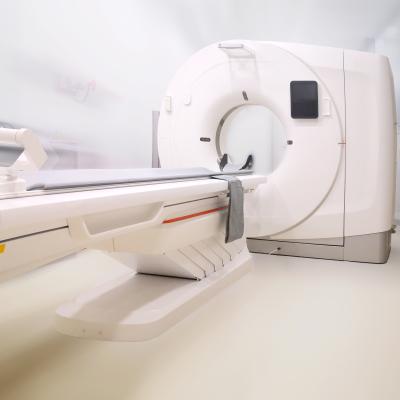
The essence of this invention is a method that couples network architecture using neural implicit representations coupled with a novel parametric motion field to perform limited angle 4D-CT reconstruction of deforming scenes.
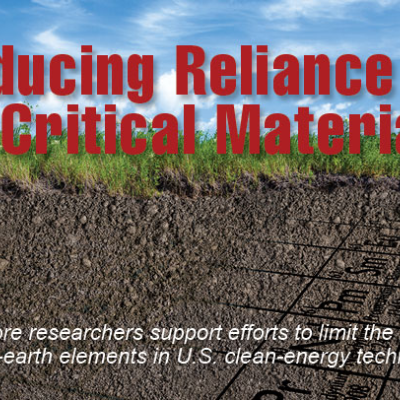
CMI—a DOE Energy Innovation Hub—is a public/private partnership led by the Ames Laboratory that brings together the best and brightest research minds from universities, national laboratories (including LLNL), and the private sector to find innovative technology solutions to make better use of materials critical to the success of clean energy technologies as well as develop resilient and secure…
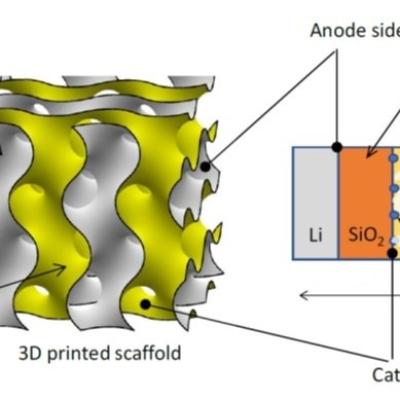
LLNL researchers have developed a new 3D printable lithium-air battery that uses a novel thin solid state ceramic electrolyte. LLNL’s invention overcomes the combined challenges of low power density and low cycle life in previously designed lithium-air batteries by using solid state electrolytes to achieve stability and multiscale structuring of the electrolyte to achieve low…
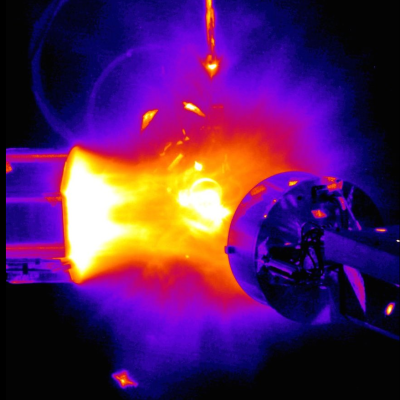
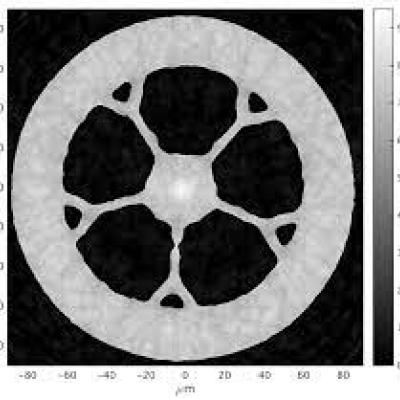
To solve these challenges using new and existing CT system designs, LLNL has developed an innovative software package for CT data processing and reconstruction. Livermore Tomography Tools (LTT) is a modern integrated software package that includes all aspects of CT modeling, simulation, reconstruction, and analysis algorithms based on the latest research in the field. LTT contains the most…
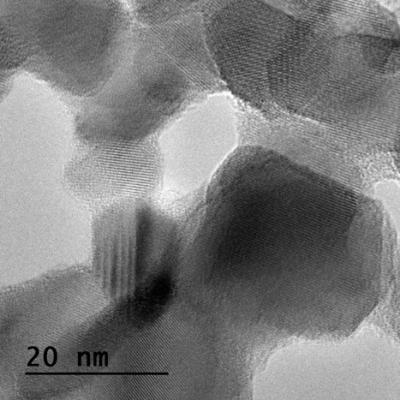
Livermore researchers have developed two novel TiCl4 based non-alkoxide sol-gel approaches for the synthesis of SiO2/TiO2 nanocomposite aerogels. Composite SiO2-TiO2 aerogels were obtained by epoxide-assisted gelation (EAG route) of TiCl4/DMF solution in the presence SiO2 aerogel particles. Additionally, the same TiCl4/DMF solution was employed to prepare SiO2@TiO2 aerogels by a facile one-…
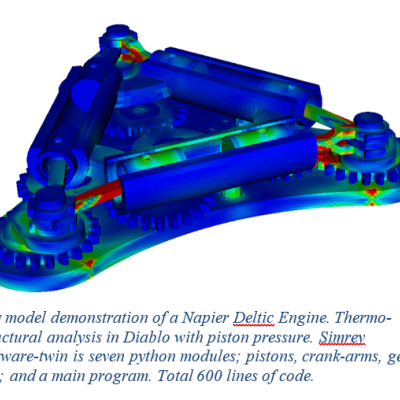
Simrev is a python library imported into a user-generated program. As the program grows in capability and complexity, the engineered product matures. The "software twin" handles all changes to product configuration and is the portal to running supercomputing analysis and managing workflow for engineering simulation codes. Assemblies become program modules; parts, materials, boundary conditions…
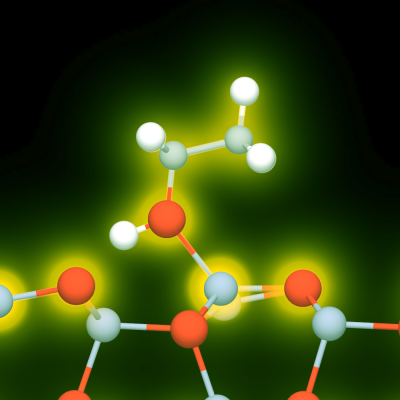
Chemical and biological sensors based on nanowire or nanotube technologies exhibit observable ultrasensitive detection limits due to their unusually large surface-to-volume architecture. This suggests that nanosensors can provide a distinct advantage over conventional designs. This advantage is further enhanced when the nanosensor can harvest its meager power requirements from the surrounding…

Nanomaterials that are emerging out of cutting edge nanotechnology research are a key component for an energy revolution. Carbon-based nanomaterials are ushering in the "new carbon age" with carbon nanotubes, nanoporous carbons, and graphene nanosheets that will prove necessary to provide sustainable energy applications that lessen our dependence on fossil fuels.
Carbon aerogels (CAs)…

LLNL has developed novel nanoporous carbon materials for the surface-stress-induced actuator technology. The morphology of these materials has been designed to combine high surface area and mechanical strength. The process allows for the fabrication of large monolithic pieces with low densities and high structural integrity. One actuation technology relies on electrochemically- induced changes…


